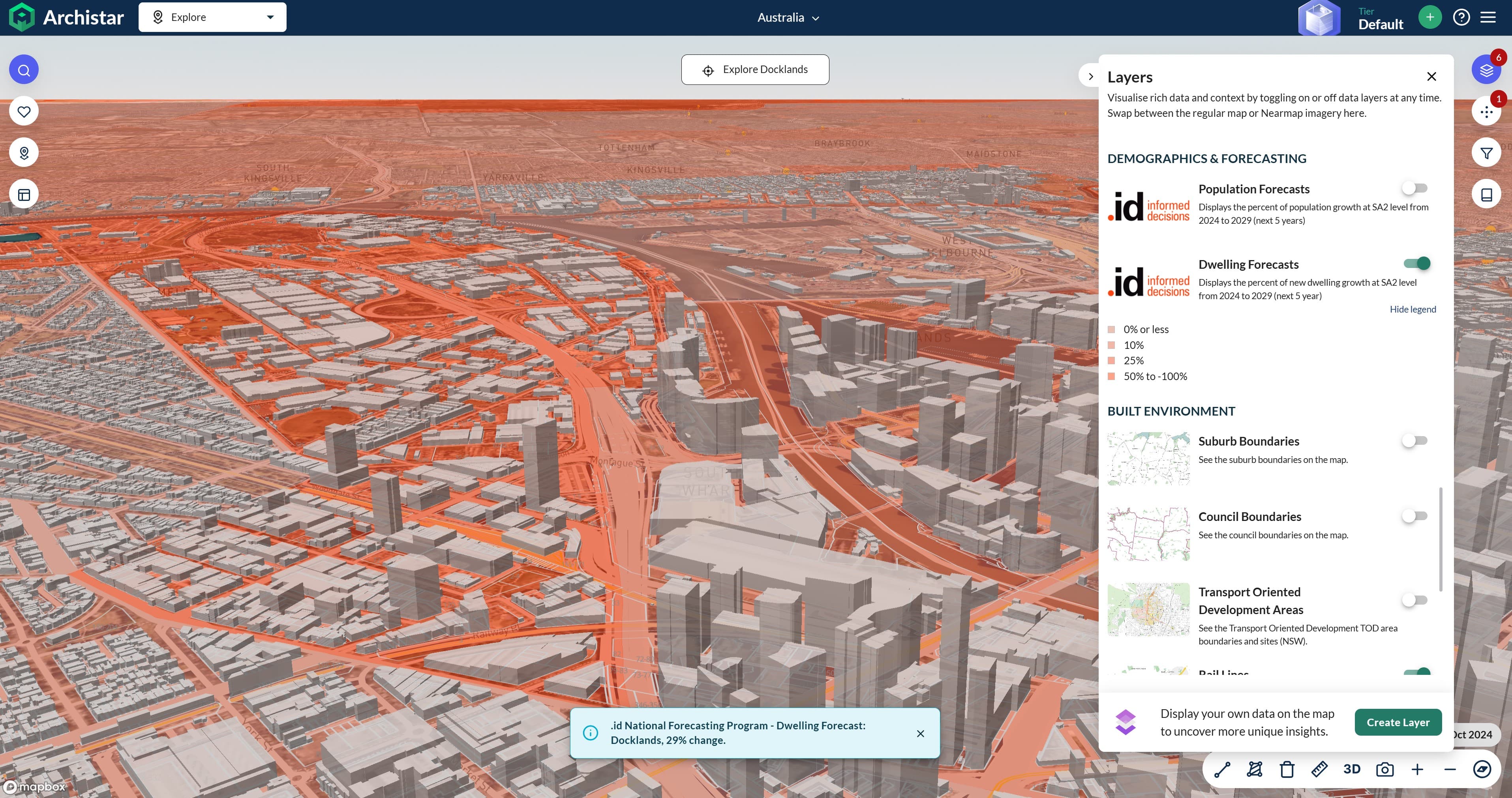Just as schools have evolved beyond ‘chalk and talk’ in the education experience they provide our kids, the profession of demographic forecasting has developed in recent years to the point where school planning can be informed by detailed, expert demographic evidence.
How many primary or secondary-school-aged children are forecast to live in an area in the next five years? Ten years? Twenty years?
Today we’re sharing the top ten areas in each state that our forecasts show will have the greatest increase in their school-aged population over the next 20 years, along with some of the fundamental demographic principles every school planner should understand.
The top-ten growth areas for students in your state
Where are the forecasts for the Northern Territory and Tasmania?
At the time of writing, population forecasts for these regions are under construction. Register here to be notified as each new forecast is published or updated.
How places change: two demographic principles for school planning
Just because an area isn’t growing, doesn’t mean it isn’t changing
In the growth areas on the outskirts of our cities, planners, developers and education departments will carefully consider the needs of a growing population. But a population doesn’t have to be growing to be changing.
Some of the most expensive mistakes in school planning have resulted from a failure to understand that, in many places, population change follows a cyclical pattern - just because a school’s enrolments are declining today, that doesn’t necessarily mean there won’t be growth in enrolments tomorrow. In fact, it may be the exact opposite.
Population change in suburbs is cyclical
Many suburbs will evolve along a lifecycle that follows a well-established demographic pattern. Young families move into an area, and a proportion of them will have children. That family will ‘age in place’ until their children grow up. When their kids leave home, the parents become ‘empty nesters’, after which they may continue to age in place, or they may wish to downsize to a different home - and when they do, their old home is likely to be once again occupied by a younger couple or family and the cycle continues.
As demographers and population forecasters, we study the current and historical demographic profile of areas - the age structures, the household types, and the housing stock in the area, to assess where a place is in this cycle of change, which informs how it is likely to evolve in the years ahead.
If you would like to learn more about how we forecast growth in the school-aged population of places, this video provides a simple overview of the process.
Are you a school planner?
We are experts in demographic forecasting and have worked for over 20 years with State, Catholic and Independent school planning bodies. Whether you're planning resources for an entire network or making an assessment about a new or existing school, we can support your decision-making with a detailed and respected evidence base.
Read more about our Small Area Forecast information (SAFi) here or email locationdecisions@id.com.au to discuss your project.
Also published on Medium.









